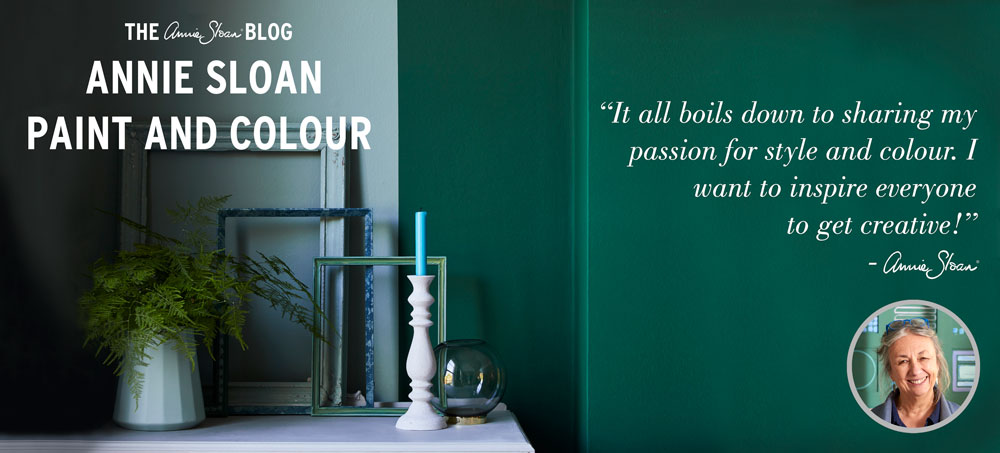It’s been magazine mayhem this month for me!
A Breath of Fresh Air
A Breath of Fresh Air
First of all we had Fresh Style magazine [‘simple ideas for creative living’] coming over from Alabama, USA, to do a photoshoot with us here in Oxford. Here’s a sneak preview (above and below, love the Paul Klee chest on the cover!).*
The team of Ande Fanning (editor) and Stephen DeVries (photographer) along with creatives Brian and Faith delved deep below the surface to showcase my style for their May/June issue (Fresh Style is a bi-monthly mag and tablet/online offering). These behind-the-scenes-shots were taken by Rebecca, our intern from Canada.
The Fresh Style team did a day’s recce and then “snapped” around our shop and at Felix and Lizzy’s new home (who have only just moved in to their house with my granddaughter Willow!). The magazine’s approach was less structured than the Annie Sloan book photoshoots I’m so used to. I must say I found it very exciting as they employed a more hand-held, ‘cinema verité’ approach to the styling, set design and photography. The result was less ‘studied’, more spontaneous!
“This [Chalk® Paint] is a powerhouse in the DIYer’s arsenal
because of its design-savvy properties. The colour selection alone is
exquisite, but in addition to that, it requires little-to-no surface prep, is
non-toxic, and can be used with a variety of techniques and styles to create
myriad looks.”
Fresh Style is a very interesting magazine and you should
certainly check it out – not just because we’re in it, but because it’s great on
ideas and inspiration. I have to
say I love their style (!) and admire their passion and commitment too.
Hurry out to get your copy of Fresh Style available on newsstands across the US now!
Hurry out to get your copy of Fresh Style available on newsstands across the US now!
Love Reloved
Meanwhile in the UK, you
may have seen the Annie Sloan Source Book – a 32-page supplement from Reloved magazine. It’s a special ‘pull out’ on some of my techniques. It was also great to work with the magazine’s editor Sally Fitzgerald. The Reloved team are so passionate about everything to do with upcycling!
The Annie Sloan Source Book is available as a freebie in the Reloved April issue – as well as my stockists. So hurry while stocks last!
The Annie Sloan Source Book is available as a freebie in the Reloved April issue – as well as my stockists. So hurry while stocks last!
Yours, Annie
* top 2 pictures courtesy of photographer Stephen DeVries ( www.stephendevriesphoto.com/blog). For the full issue go to the Fresh Style website www.freshstylemag.com/annie-sloans-amazing-chalk-paint/
Reloved Magazine's Annie Sloan Source Book is available from Annie Sloan stockists and via www.relovedmag.co.uk/2014/03/reloved-april-2014-is-on-sale-now-with-free-annie-sloan-sourcebook/












.jpg)










